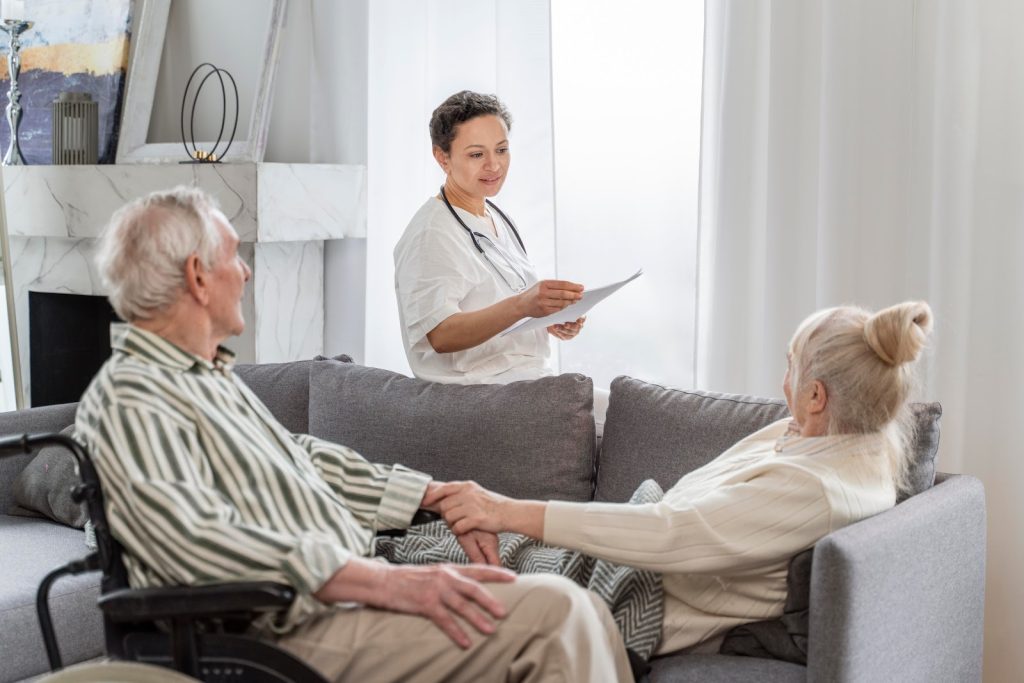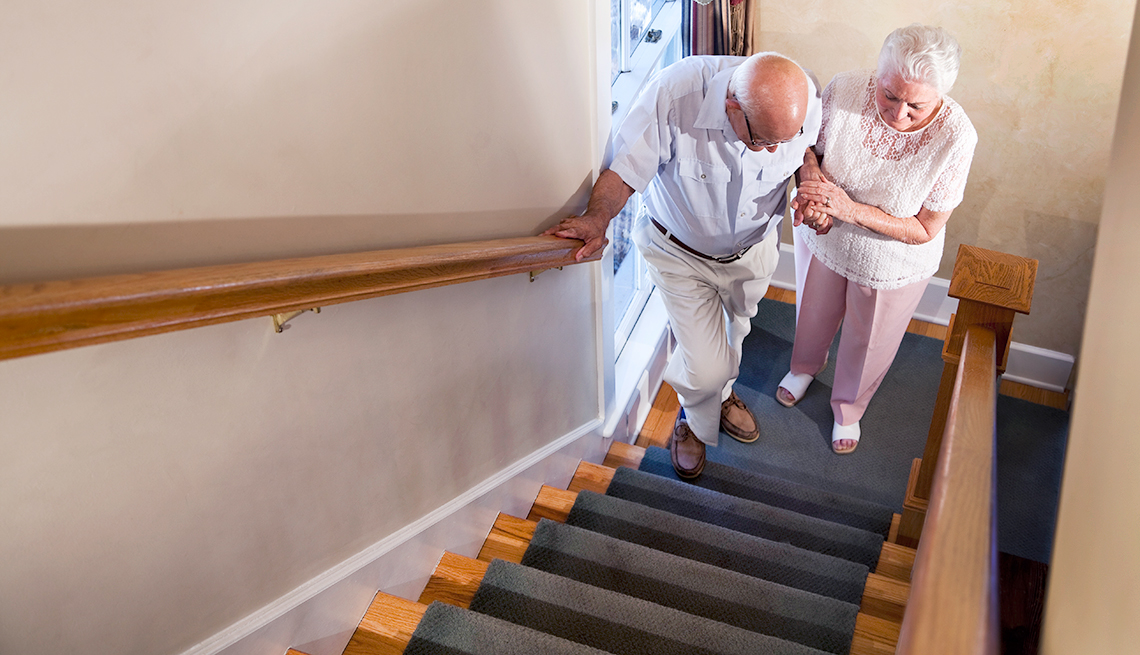Ensuring a safe home environment is crucial for the well-being of our elderly loved ones. As we age, our physical abilities change, making home modifications for elderly safety a priority. By implementing thoughtful changes, families can create a safer and more comfortable living space for seniors. This article will explore various modifications to enhance safety and provide peace of mind for both the elderly and their caregivers.

Why Are Home Modifications Important?
With advancing age, seniors may experience reduced mobility, balance issues, and other health-related challenges. These factors increase the risk of accidents at home. By making strategic modifications, we can reduce these risks and help seniors maintain their independence. Here is a helpful checklist to get started.
Identifying Key Areas for Modification
1. Bathroom Safety
The bathroom is one of the most hazardous areas in the home for seniors. Installing grab bars, non-slip mats, and a shower chair can significantly reduce the risk of falls. Consider upgrading to a walk-in shower for easier access.
2. Kitchen Modifications
Making the kitchen safer involves securing rugs, ensuring good lighting, and organizing items within easy reach. You can also install stove alarms and automatic shut-off devices to prevent accidents.
3. Staircase Adjustments
Staircases pose a significant risk for falls. Install sturdy handrails on both sides, ensure adequate lighting, and consider stairlifts for those with severe mobility issues.
Enhancing Accessibility and Convenience
4. Doorway Widening
For seniors using wheelchairs or walkers, widening doorways can provide improved accessibility. This modification allows for easier movement throughout the house.
5. Lever Handles
Replacing traditional doorknobs with lever handles can make opening doors easier for seniors with arthritis or limited hand strength.
6. Adjustable Furniture
Consider investing in adjustable furniture, such as recliners or beds, to enhance comfort and reduce strain on joints.
Technological Innovations for Safety
7. Smart Home Devices
Integrating smart home devices can greatly improve safety for seniors. Voice-activated assistants such as Alexa can help control lighting, set reminders, and call for help in emergencies.
8. Medical Alert Systems
Investing in the best medical alert systems ensures that help is just a button press away, providing peace of mind for both seniors and caregivers.
Outdoor Safety Considerations
9. Entryway Ramps
Installing ramps at entryways can facilitate easier access for seniors using mobility aids. Ensure these ramps have non-slip surfaces for added safety.
10. Outdoor Lighting
Good lighting around walkways and entry points can prevent nighttime falls and enhance security.
General Home Safety Enhancements
11. Fire Safety Measures
Install smoke and carbon monoxide detectors throughout the home. Ensure that fire extinguishers are easily accessible.
12. Declutter and Organize
Keeping the home free from clutter reduces tripping hazards. Organize living spaces so that essential items are within easy reach.
13. Regular Safety Checks
Conduct regular safety audits to identify potential hazards. This proactive approach can prevent accidents before they occur.
Emotional and Psychological Considerations
14. Creating a Comfortable Environment
Ensure that the home is not only physically safe but also emotionally comforting. Personalize spaces with familiar items and maintain a cheerful ambiance.
15. Encouraging Social Interaction
Facilitate social interactions by creating inviting communal spaces. This can positively impact the mental well-being of seniors.
Conclusion
Implementing home modifications for elderly safety is a vital step in ensuring the well-being of our senior loved ones. By addressing potential hazards and making thoughtful adjustments, we can create a secure and supportive environment that allows them to age gracefully and independently.

Frequently Asked Questions
What are the most important modifications for elderly safety?
Focus on bathroom safety, kitchen modifications, and improving accessibility around the home.
How can technology help in elderly safety?
Smart home devices and medical alert systems can significantly enhance safety by providing assistance and immediate help when needed.
Why is regular safety evaluation important?
Regular evaluations help identify potential risks early, allowing for timely interventions to prevent accidents.
For more tips on creating safe living spaces for seniors, visit this guide.
This article contains affiliate links. We may earn a commission at no extra cost to you.





